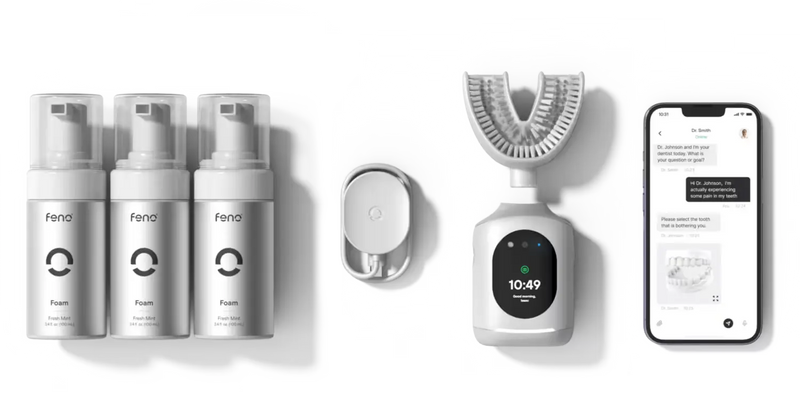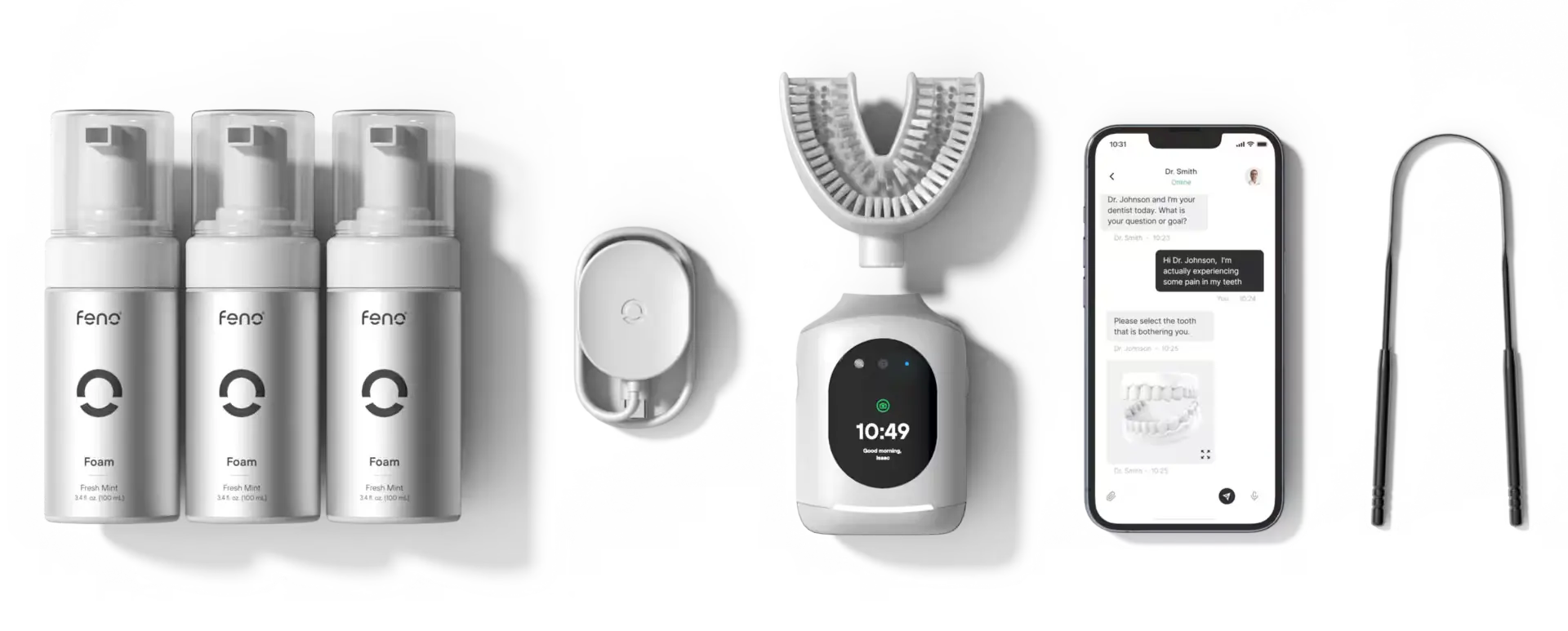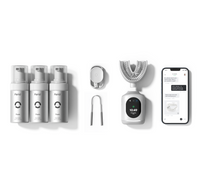
The Three Mistakes 90% of People Make When Flossing
Essential Takeaways
- Most people make three critical flossing mistakes: using the same section of floss repeatedly, missing the proper C-shape technique, and neglecting back teeth. Correcting these errors dramatically improves plaque removal and can significantly reduce risks of both gum disease and related heart issues.
Approximately 90% of people believe they're flossing correctly, but they're making three fundamental mistakes that drastically reduce its effectiveness. Even if you floss daily, these errors could mean you're missing most of the benefits.
The Three Critical Flossing Mistakes Most People Make
Mistake #1: Using the Same Section of Floss for Multiple Teeth
When you use the same section of floss between several teeth, you're essentially spreading bacteria from one area to another instead of removing it. Think of it like mopping your entire house with the same dirty water—you're just redistributing the contaminants.
What happens: Bacteria and food particles collected from the first space between teeth get carried to the next space, potentially spreading harmful bacteria throughout your mouth.
The correct technique: Use approximately 18 inches of floss, and after cleaning between each pair of teeth, wind the used portion around one finger while unwrapping fresh floss from the other. This ensures you're always using a clean section.
Mistake #2: Missing the "C-shape" Around Both Sides of Each Tooth
This is perhaps the most critical mistake I see. Most people simply insert floss between teeth and pull it straight back out, missing the most important part of flossing.
What happens: When you only pass the floss through the teeth without wrapping it, you're missing the sides of each tooth where the most harmful bacteria accumulate—precisely at the gum line where periodontal disease begins.
The correct technique: After passing the floss between teeth, curve it into a C-shape around one tooth and gently slide it up and down, reaching just under the gumline. Then reposition to create a C-shape around the adjacent tooth. You should clean both sides of the space, not just pass through it.
Mistake #3: Neglecting Those Hard-to-Reach Back Teeth
The molars at the back of your mouth are particularly vulnerable to decay and gum disease, yet they receive the least attention during flossing.
What happens: Food particles frequently become trapped around back teeth, and the difficulty in reaching these areas means they often harbor the most plaque. Unfortunately, these are also the teeth most likely to develop cavities and gum issues.
The correct technique: Take extra time with your back teeth, adjusting your grip if necessary to reach the very back surfaces. These areas may require more pressure and attention, as they often have larger spaces where food can become lodged.

Why These Techniques Matter: The Health Connection
The bacteria that accumulate in these missed areas don't just cause localized problems. Research shows clear connections between oral bacteria and systemic issues:
- Bacteria from improper or insufficient flossing can enter the bloodstream through inflamed gums
- These bacteria can contribute to arterial inflammation, increasing heart disease risk
- Studies indicate people with gum disease have up to 20% higher risk of cardiovascular issues
My patients who master proper flossing techniques often report less bleeding, fresher breath, and even notice improvements in overall inflammatory markers during regular check-ups.
The Proper Flossing Protocol: Avoiding All Three Mistakes
Now that you understand the three critical mistakes, here's my step-by-step guide to flossing correctly:
- Start with plenty of floss: Use approximately 18 inches of floss, winding most around your middle fingers
- Create tension: Hold 1-2 inches tightly between thumbs and forefingers
- Enter gently: Slide between teeth using a gentle sawing motion to avoid snapping into gums
- Execute the C-shape for the first tooth: Curve the floss around one tooth, reaching just below the gumline
- Clean thoroughly: Gently move the floss up and down the side of the tooth 2-3 times
- Reposition for the adjacent tooth: Without removing the floss, create a C-shape around the neighboring tooth
- Clean the second side: Again, move up and down to clean this surface thoroughly
- Use fresh floss: Unwind a clean section by rotating floss from one finger to the other
- Move to the next pair: Proceed to the next teeth, always using fresh sections
- Pay extra attention to back teeth: Take additional time with molars, adjusting your grip as needed
Pro tip: If you find reaching back teeth difficult, consider a floss holder or specialized tools designed for back teeth.
Advanced Oral Care: Beyond Basic Flossing
While mastering proper flossing technique is essential, technology can enhance our oral care routines. The Feno Smartbrush complements thorough flossing with its 18,000 bristles that provide comprehensive coverage. These bristles deliver about 250 strokes per tooth in just 20 seconds, reaching areas traditional brushing might miss.
When patients combine proper flossing with advanced brushing technology, I typically see significant improvements in their oral health scans. The combination effectively removes plaque biofilm from both tooth surfaces and between teeth, leading to reduced inflammation markers and healthier gum tissue during follow-up visits.
Time to Improve Your Technique
If you've been flossing regularly but not seeing the benefits—or if you notice your gums still bleed despite your efforts—it might be time to reassess your technique. The difference between flossing and flossing correctly can significantly impact not just your oral health but potentially your overall wellbeing.
Remember: it's not just about doing it; it's about doing it right. Your teeth and your heart will thank you.

Feno Founders Edition Bundle
Advanced Oral Health in 20 Seconds with the Feno Smartbrush™
Get Yours Now!





